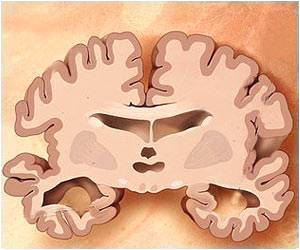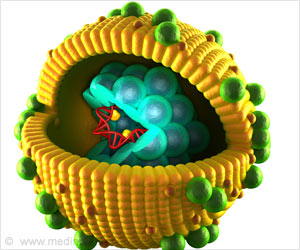The mechanism, used by microbes to infect plants and cause environmental disasters, has been identified by researchers.

These microbes remain an agricultural scourge today.
The researchers also found evidence suggesting that fungi and oomycetes might infect humans and animals through the same newly discovered mechanism as they use to infect plants.
Human diseases caused by fungi include valley fever and several infections common to AIDS patients.
In addition, in water environments, oomycetes cause destructive diseases in people and animals. For example, they attack the legs, eyes and brains of rice farmers in Southeast Asia, and they destroy spawning salmon.
"Our findings suggest broad new strategies for combating the most damaging diseases of the world's major food crops, including wheat, rice, maize and potatoes, as well as several nasty human diseases," said Brett Tyler of the Virginia Bioinformatics Institute at Virginia Polytechnic Institute, Blacksburg, Va.--the leader of the study.
Advertisement
It was previously known that some bacteria, fungi and oomycetes infect plants by slipping effectors that disable immune systems into plant cells. But only the mechanism used by bacteria to insert their effectors into host cells had been previously identified.
Also, the binding lipid used by the effectors of fungi and oomycetes had never before been detected on cell surfaces (although it had been detected inside cells).
So the Tyler team's discovery of the presence of this binding lipid on cell surfaces and the ability of the microbial effectors to use it to invade cells were both surprising.
The findings demonstrate that it is possible to block fungi and oomycete effectors from entering host cells by preventing them from attaching to binding lipids.
This finding opens new potential avenues for developing therapies for fighting diseases caused by fungi and oomycetes.
The study has been published in the latest issue of Cell.
Source-ANI









